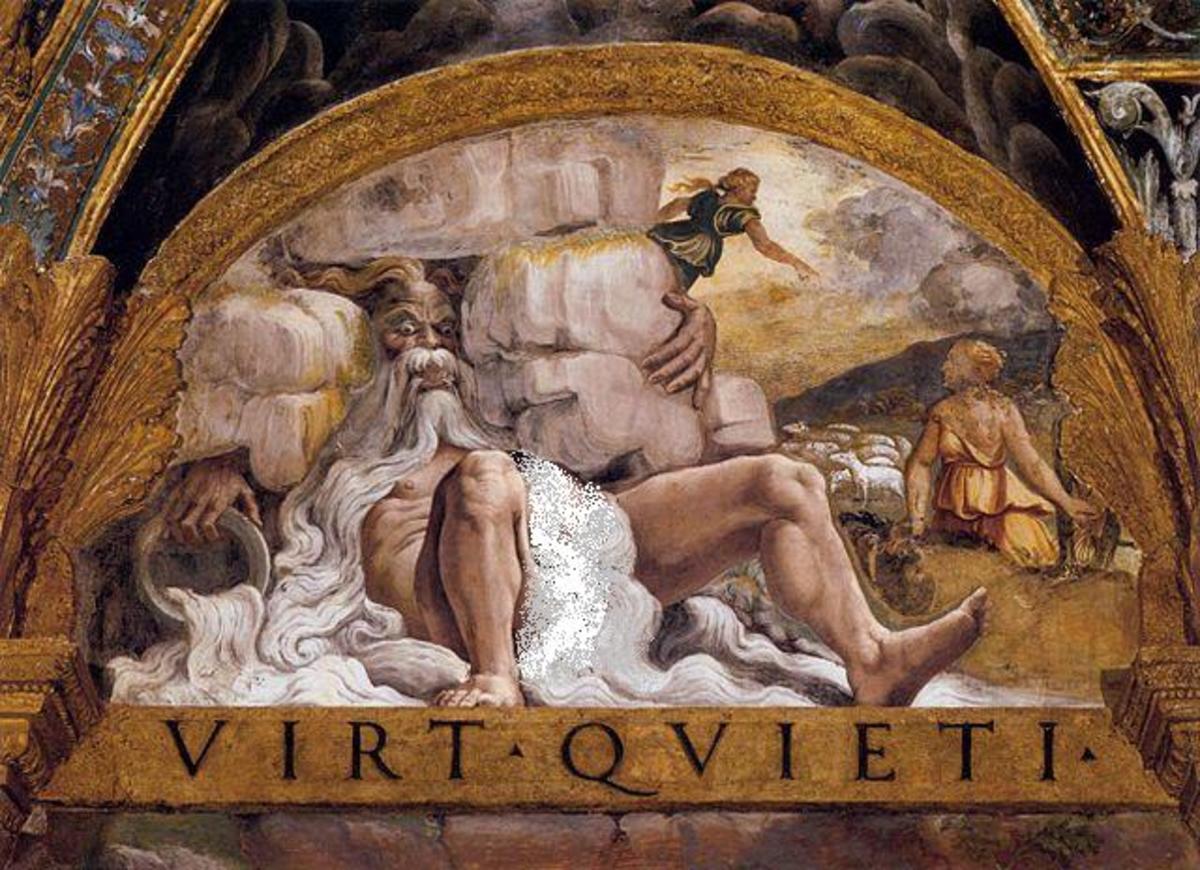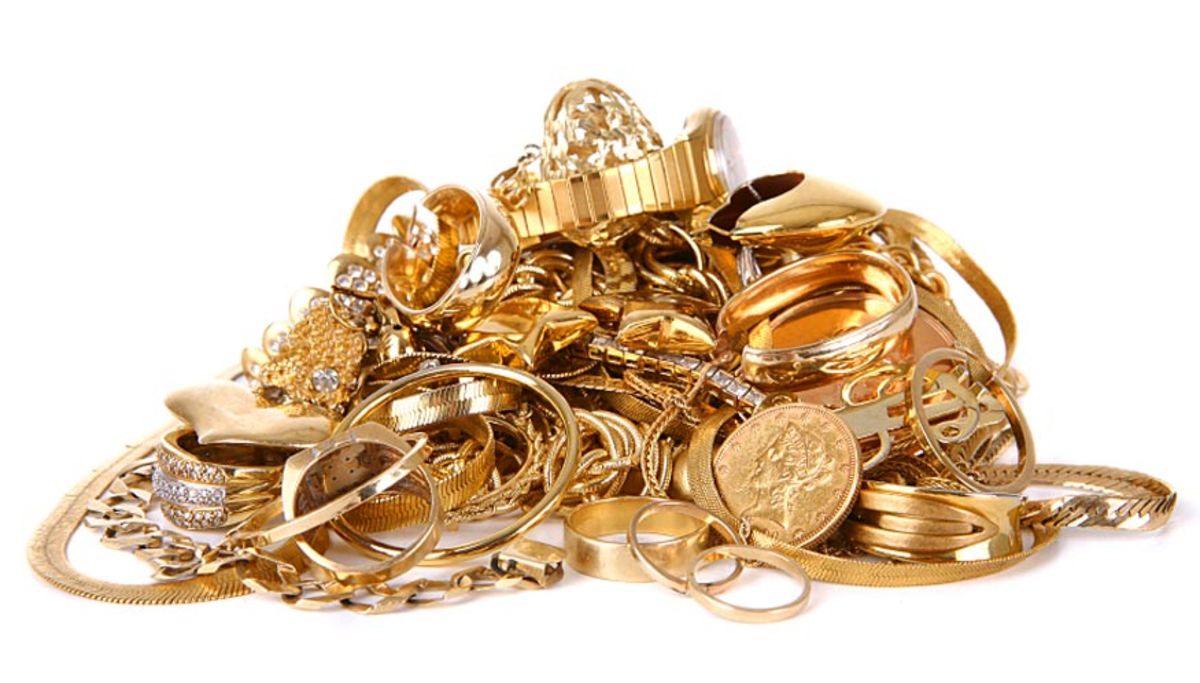All That Glitters is Gold
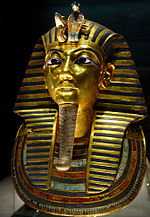
Gold Has Been Prized For Millennia
Gold has fascinated humans since before recorded history. Valued for its brilliance, luster, malleability, resistance to tarnish, and above all, its spectacular beauty, gold has been beloved by virtually every civilization the world has ever known. Read along to learn more about the history and myths of gold, the fabulous artworks and jewelry crafted from this precious metal, and its part in establishing a global economy.
The first known references to gold date back over 4600 years, to 2600 BC. Egyptian hieroglyphics refer to gold, which was associated with the brilliance of the sun. Gold was prized by the Egyptians, who believed it to be both divine and indestructible. Due to its divine nature, gold was strongly associated with the ancient Egyptian gods and royalty. It was said that the gods had golden skin and rode in chariots of gleaming gold. No wonder, then, that gold was also favored by the royal rulers of Egypt, as can be seen in the fine gold funerary mask of legendary King Tutankhamun, aka, King Tut.
The ancient Egyptians and the Nubians (from the southern part of what is now Egypt) mined quite a bit for gold. The oldest known map, the Turin Papyrus, is actually a map showing a gold mine (it is not entirely clear to modern explorers where this ancient mine was located). The treasures found in such mines were used to create shrines, idols, and jewelry. The pyramids which held the remains of the pharaohs were believed to be laden with these golden treasures, although many had been cleared out by tomb raiders long ago.
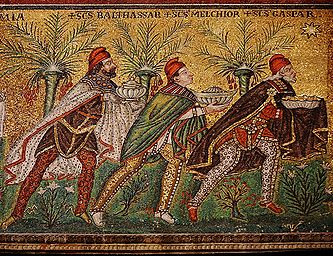
Gold In The Bible
It it certainly not only the ancient Egyptians who associated gold with religion and royalty. The Old Testament of the Bible contains many references to gold. One of the most famous is the gifts of the Magi. The Magi, also known as the Three Wise Men, heard of the birth of the Christ child, and went in search of him, as is described in Matthew 2:1-12:
"After Jesus was born in Bethlehem in Judea, during the time of King Herod, Magi from the east came to Jerusalem and asked, Where is the one who has been born king of the Jews? We saw his star in the east and have come to worship him... On coming to the house, they saw the child with his mother Mary, and they bowed down and worshipped him. Then they opened their treasures and presented him with gifts of gold and of incense and of myrrh."
The gift of gold was significant, as it was a gift fit for a king; very different than the usual gifts of livestock that were the customary offerings at the time. Gold, of course, was a superior gift for Jesus because of its value; additionally, it is theorized that gold symbolized Jesus' kingship on earth, or more simply, virtue.
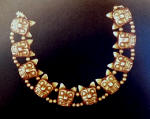
Pre-Columbian Gold Treasures
Gold was discovered and treasured in other parts of the world, as well. The pre-Columbian cultures of Central and South America were known as exquisite goldsmiths. Civilizations across the region, such as the Incans, crafted countless gold artifacts, including human and animal figures, as well as jewelry, and statues of gods and goddesses. The people of this era, from about 1500 BC to 1500 AD, cherished the jewelry and works of art created by master craftsmen, who had mastered an impressive array of techniques, including alloys, filigree, granulation, and lost wax casting. These so-called "primitive" cultures were in fact highly skilled and sophisticated when it came to working in gold.
To the people of the pre-Columbian period, the golden figures and wearable works of art were valuable because of their religious symbolism. In addition, they held fine workmanship in great esteem. This was in marked contrast to the Spanish Conquistadors who were to overrun much of the region. The Spaniards subscribed to the European point of view which valued gold as a symbol of status and a source of wealth. When they seized the golden pre-Columbian artifacts, they were adhering to King Ferdinand's directive to: "Get gold, humanely if you can, but all hazards, get gold". To this end, the Conquistadors melted down countless gold artifacts to fill the coffers of the Spanish treasury. In doing so, they destroyed priceless works of art that were the treasures and symbols of entire civilizations.
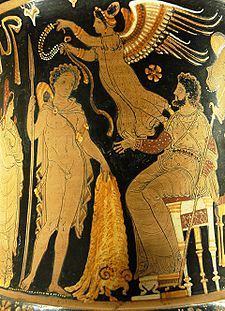
Legends of King Midas And The Golden Fleece
The Greeks and the Romans of the Classical period also cherished gold immensely. It was believed by the early Greeks that gold was formed by a combination of water and sunlight, which perhaps accounted for its radiance, as well as the fact that it is often found by water. Some of the most famous myths and legends of the era concern gold. One of these is the quest for the Golden Fleece, which was undertaken by Jason and the Argonauts. Jason set off to find the fabled Golden Fleece in an effort to regain the throne which had been stolen by his uncle. Against all odds, he did eventually manage to get the Golden Fleece, although in the tradition of much of Greek mythology, there were many twists and turns that prevented Jason from becoming king and from finding lasting happiness (his story does not end well).
The interesting thing about the myth of Jason and the Golden Fleece is that there really were such articles as golden fleeces. Many of the world's gold deposits are found along rivers, and the fleeces of sheep were used to help recover some of the smallest gold matter. Sand containing tiny flakes of gold would be washed over a fleece which would capture the bits of the precious metal while shedding the sand. The "golden fleeces" were then hung to dry, and in the end, the gold flakes could be beaten out of them. This same technique was used in modern times as recently as the California gold rush of the fabled "Miner 49ers".
Another Greek golden legend is the tale of King Midas. In this cautionary tale, the king was granted one wish by the god Dionysus, and Midas wished for the power to turn all that he touched into pure gold. There was only one problem: literally everything that Midas touched turned to gold, including his food and his beloved daughter. Dionysus took pity on poor King Midas, and allowed him to wash away his golden touch in the river Pactolus, which is a river known for being rich with gold. This is a classic tale of being careful what you wish for, as well as the origin of the phrase "the Midas touch".
So treasured was gold by the ancient Greeks that they invented alchemy, a blend of science and magic in which practitioners attempted to transform base metals into gold. The alchemists were never successful, which is perhaps a good thing for the lasting value of the precious metal. The Greeks also made the first gold coins, which was a radical change from the old barter system of doing business. The gold coins, which dated back to 610 BC, allowed wealth to be easily portable and transferable, thereby creating the basis for a mercantile economy. Gold coinage, which was taken to an even higher level by the Roman Emperors, is what opened up international trade routes, such as the Silk Road to China and the Spice Route to India.
Gold Is Sacred In India
The gold that flowed from ancient Rome to India sparked a love affair with the gleaming precious metal that endures to this day. No where in the modern world is gold as esteemed as India, where young and old, rich or poor, urban or rural, the citizens cannot get enough pure gold. Modern India consumes approximately ¼ of the world's gold production each year! It is an integral part of Indian culture, and it is important in all facets of society, particularly religion and major life events such as births and weddings.
Gold is sacred in Hinduism, as it is believed that the Hindu god Brahma was born of a golden egg. To Indians, gold represents not merely beauty, but also purity, good fortune, and prosperity, and it is involved in every religious rite. Gold is considered one of the most critical ways to mark any rite of passage, and because it is eternal, the precious metal is much favored over cash gifts. In a class-conscious society like the one in India, wearing of large amounts of gold is one way to display one's high place in society, but even the less well-off strive to acquire gold. Across every social strata, the gleam and value of 22 or 24 kt pure gold is preferred.
Indian culture has rich traditions involving gold jewelry for weddings. The set of bridal jewelry that every Indian woman wears is called the stridhan , and it is not uncommon for a family to begin saving up for it soon after the birth of a daughter. Incredibly, as much as 30-50% of the cost of a wedding in India can be the gold jewelry! This remarkably valuable gift goes beyond beauty and social status for a new bride; it is also the one piece of property in a marriage that can only ever belong to her alone, which acts as a form of protection and insurance for a wife. Gold and gold jewelry is passed down through generations of families in India, and is by far the most important earthly acquisition that a person in India can make.
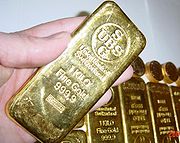
Establishment Of The Monetary Gold Standard
In European and American cultures throughout more recent history, gold has also been prized and sought after, although it lacks some of the significance it carried in India or the pre-Columbian civilizations. In modern Western societies from about the Middle Ages and on, gold has been valued not only for its unique properties but also as a commodity. When Marco Polo travelled to the lands of the Far East, one of the things that most impressed him was the vast gold wealth that he saw. In 1284, Venice began minting gold Ducats, which were the most widely used coins in the world for over 500 years. In the same year, Great Britain introduced its own gold coin, the Florin. Gold coins were standardized according to weight, and made for ease of international trade.
The eventual result of the use of gold coins as currency was the establishment of the gold standard. The gold standard refers to the backing of paper currency with gold held in government vaults, such as Ft. Knox in the United States. In essence, the idea behind the gold standard in the countries which adopted it was that the paper currency could be exchanged on demand for a set amount of gold. The right to convert paper money into gold was suspended at times when the government had a particularly strong need for funds. In 1914, for example, Great Britain did this because it was spending its gold reserves to finance the military for WWI.
Although it was reestablished for a time in the post-war period, Great Britain left the gold standard for good in 1931, as did many other European nations. The 1944 Bretton Woods agreement established the International Monetary Fund, which made the U.S. dollar the measure against which currency exchange would be based. The United States pledged to continue to back the dollar with gold, at a fixed rate of $35 per ounce. This system held until 1971 when President Nixon eliminated the fixed gold price, due to a variety of factors. Since that time, most major currencies operate on a fiat system, which basically means that the paper money is supported by the law and strength of the issuing government, rather than a precious metal like gold or silver. This system allows for greater flexibility, and also takes into account the fact that there is not enough gold in the world to back all of the currency now in circulation. Most nations do, however, continue to maintain substantial gold reserves in their treasuries.
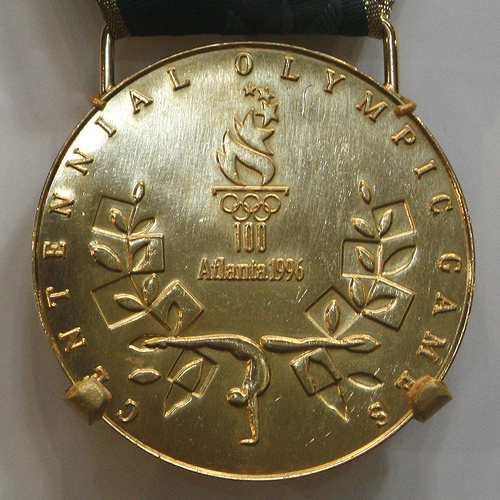
Eureka!
The world's desire for gold appears to be unquenchable. It has been a catalyst for major changes in societies, as was seen in the California gold rush of 1848 – 1852. When the call went out that gold had been found at Sutter's Mill in the Sierra Nevada mountains, an estimated 300,000 people from around the world flooded the region in the hopes of striking it rich. The Miner 49ers, as they were called, endured a long and dangerous journey, and not all of them made it to their destination.
This massive influx of people rapidly transformed the United States. For one thing, the discovery of gold was instrumental in California's admission to the Union in 1850. In addition, the need to transport such vast numbers of prospectors led to the rapid expansion of steamship travel and rail lines. The state of California still bears many reminders of its time as a mining hotbed, such as its nickname. The Golden State, and its motto, Eureka ("I have found it").
Throughout the history of mankind, kings have sought to increase their riches by acquiring gold, and ordinary people have expressed their adoration of their God or god with tributes crafted in gleaming gold. Gold continues to hold its value in modern times. It is still hoarded as wealth, worn as jewelry, and used as a status symbol. The symbolism of gold as a high honor can be seen in the gold medals that are awarded to Olympians and Nobel Prize winners. Modern technology has also found uses for gold that would have been unimaginable to our ancestors, such as the gold nanoparticle probes that are being used in early cancer detection screening, or the gold coatings used to protect satellites. The many wonderful qualities that made gold so revered in ancient civilizations are still part of the precious metal's present day appeal, and show no signs of waning. Gold's special place of honor in cultures around the world remains as intact today as it was in the times of the ancient Egyptians and all of the gold-loving civilizations that have followed.



